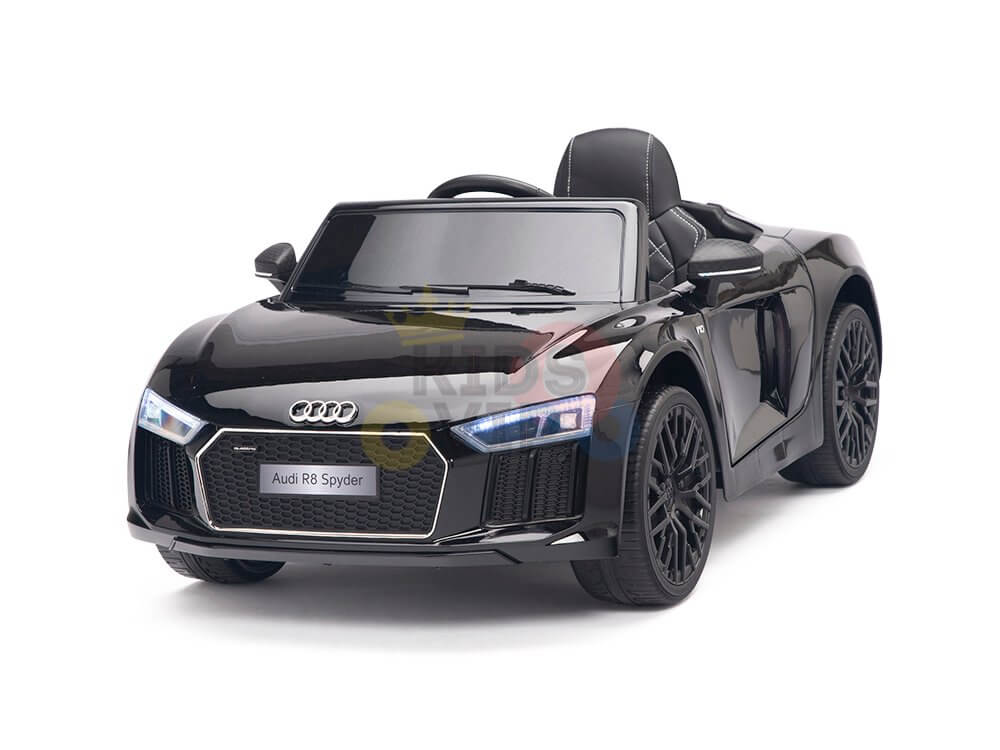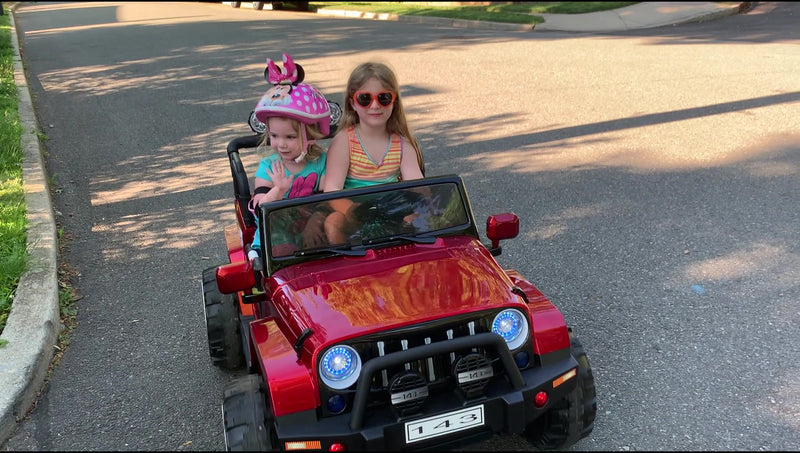Great Info To Deciding On Kids Cars
Great Info To Deciding On Kids Cars
Blog Article
What Features Should You Look Out For When Choosing The Right Ride-On Vehicle For Your Older Children?
It is important to take into consideration the size, age and developmental stage of your child when choosing a ride-on car for them. This will ensure that they are safe and enjoy the ride. Here are some things to take into consideration:
The ride-on car should be specifically designed for the age of your toddler. They usually come with a low, stable design with easy-to use controls. They are also typically equipped with basic features, like steering wheel, buttons, or handles. Ride-on vehicles with a wide base will provide stability and lower the possibility of them tipping.
Children older than 3 years As they get older children are able handle ride-ons using more sophisticated features and controls. Think about cars with seats that can be adjusted and weight capacities that are higher as well as more interactive features such as working lights, music and sounds. Choose a ride-on car with a variable speed setting and parental controls. This allows you to cater for different levels of skill and guarantee security.
Size -
When choosing a ride-on vehicle be sure to consider the weight and height of your child. Pick a car that has an adjustable height of the seat and a weight capacity that can comfortably accommodate your child's size. Avoid cars that are too big or too small, as these may create a risk of discomfort or even danger for your child.
Comfort and Legroom - Ensure that your child has plenty of space to sit comfortably in the car. Make sure you check the dimensions of the car, and ensure it's suitable for your child's.
The Developmental Stage
Motor Skills- Take into consideration your child's abilities in terms of motor skills, coordination, and balance when choosing the right car. The controls for toddlers are less complicated but they may not be able to handle the more complicated functions and controls.
Independence and confidence: Ride-on cars help children gain confidence and independence as they learn how to steer and control their vehicle. Choose a car that allows your child to practice steering or braking, acceleration, or both independently, building their motor skills and confidence with time.
Engaged and Inspiring Engaged and Interest: When choosing a ride-on for your child, you should consider the interests and preferences of your child. Select a car that has themes and colors or features that appeal to your child's preferences, regardless of whether it's a vintage automobile or sports car, truck, or themed character vehicle.
When you consider your child's age, height and developmental stage You can select an ride-on vehicle that's safe as well as comfortable and enjoyable and will provide hours of enjoyment and learning for your child while they play and explore. View the best McLaren kids car for more tips including ride on digger, race car toy car, ride of car, digger ride, pedal car, pedal car, electric rideons, kiddies cars, ride ons, car toy toy and more. . 
How Are Models For Children's Cars Designed For Outdoor And Indoor Use?
The features of the cars for outdoor and indoor use differ. The models are made differently - Indoor Use Cars
Dimension and weight: Cars that are designed for indoor use tend to be smaller, lighter and easier to maneuver through narrow spaces, like living rooms, hallways or playrooms. These vehicles are compact and compact, allowing them to easily navigate around narrow passageways or corners.
Low Ground Clarity - Indoor vehicles have low clearances to prevent them getting stuck, or caught on obstacles, such as carpets, rugs or thresholds. This allows smooth, unhindered motion on indoor surfaces.
Smooth Wheels. Cars that are used indoors typically include wheels made of materials that are smooth like plastic or rubber. They provide greater grip and traction when used on smooth surfaces like hardwood floors, laminate flooring or tile. These wheels are designed for indoor use, to reduce noise, and keep surfaces safe from scratches.
Limit Speed - Vehicles designed for indoor use typically have a smaller maximum speeds to guarantee that they are safe and controlled in tight spaces. This will help prevent collisions with furniture, walls or any other indoor obstructions.
Outdoor Use Cars -
Durable Construction - Cars made for outdoor use are built with tough materials like strong plastic or steel to stand up to harsh handling and outdoor elements like sunlight, humidity, and temperature fluctuations. They are less likely to be afflicted by tears and wear that result from exposure to outdoor environments.
High Ground Clearance – Outdoor-use vehicles have higher ground clearance so that they can handle bumps or uneven terrain encountered outside. They can navigate rough terrains such as pavement, gravel dirt, grass, or even dirt without getting stuck or damaged.
Traction Tires - The tires of outdoor use cars are often equipped with treads or patterns to improve grip and traction on uneven or slippery surfaces. This helps ensure stability and control while driving on outdoor terrain that prevents sliding, skidding, or sliding.
Weather Resistance: Cars for outdoor use usually have features that are weatherproof, such as sealed electronics or waterproof casings. They could also utilize rust-resistant material to prevent damage from moisture. This allows them to withstand exposure to rain, mud or puddles with no loss of performance.
Outdoor-use vehicles have a higher speed limits to allow for large areas and distances. It is an exciting, adventurous experience for children who are exploring outdoor environments.
Parents can pick a car for their children that suits their needs, indoors or outdoors, by evaluating the style and features. This will guarantee an enjoyable, safe and long-lasting play experience. See the recommended read more on kids ride on cars for more advice including cars pedal car, race car toy, toy ride, ride electric car, ride ons, electric ride on cars, toy the car, childrens electric ride on, ride of car, car toy toy and more. . 
What Remote Control Options Are There For Childrens Cars Available? Pros And Pros And
Remote control cars for children are also known as RC or remote-controlled vehicles, are available in a variety of designs, sizes and prices. They're made to accommodate the needs of different budgets and tastes. Here's a brief overview of types, sizes, prices along with pros and cons of remote control children's cars - Types of Remote Control Children's Cars -
Electric RC Cars - Battery-powered remote-controlled cars that can be used for both outdoor and indoor use. The cars come in various designs, including buggies and trucks.
Nitro RC Cars - Gas-powered remote-controlled cars that offer more speed and performance, but require more maintenance and knowledge to operate. They tend to be larger and more expensive than an electric RC car.
Scale Models - Remote-controlled replicas of real-life vehicles, such as trucks, cars, airplanes, and boats. Scale models come in different scales, ranging from 1 -10 to 1 -24 With larger scales offering greater detail and realism.
Sizes -
Remote control cars for children come in a range of sizes, ranging from tiny miniature models to huge-scale replicas. The size of the car could influence its speed, performance and braking characteristics.
Micro-sized vehicles are compact and lightweight. This makes them perfect for indoor use with younger children. The larger models offer greater power and durability, making them ideal for off-roading and racing.
Prices
The costs of remote controlled cars for children vary based on factors like dimensions, features, brands and quality of construction.
The Nitro and Electric RC cars on a larger scale may cost between $100 and $500.
Models and high-end hobby RC automobiles cost anywhere from a few hundred to more than a 1000 dollars, based on the amount of detail.
Pros and Cons
Pros -
Entertainment - Children's remote controlled cars can provide hours of entertainment and excitement for both children and adults.
Skill Development - Operating an RC car can help children develop eye coordination, spatial awareness, and problem-solving skills.
Social Interaction RC cars can be played by friends and families, encouraging social interaction and collaboration.
Aftermarket parts including upgrades, accessories, and other items from the aftermarket are a great way to personalize many RC cars and improve their performance.
Cons -
Costs - Quality remote control cars for children can be costly, especially hobby-grade models with sophisticated features.
Learning Curve - Controlling an RC car requires a lot of practice and skills, and young youngsters may have difficulty when it comes to the controls at first.
Maintenance It is important to maintain the vehicle regularly for cars with RC engines including cleaning, lubrication, and repairs.
Safety Issues - RC cars pose safety hazards such as collisions, falls and electrical hazards when they're not used under supervision of an adult and care.
In general, remote-controlled kids' vehicles are an exciting and educational experience for kids of all ages. However, when choosing the best model for your child, you should take into consideration factors like price, size, features and safety. These RCs are suitable for more advanced kids and those who love to drive while more basic models are suitable for younger children and beginners. View the most popular McLaren kids car for site examples including ride electric car, pedal car, electric ride on cars, ride on toy, childs car toy, electric rideons, toy a car, electric toy car, toy ride, a toy car and more. .